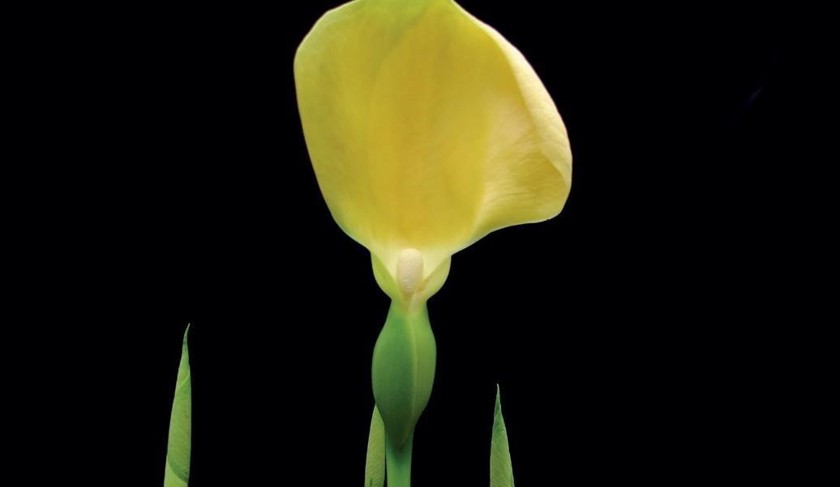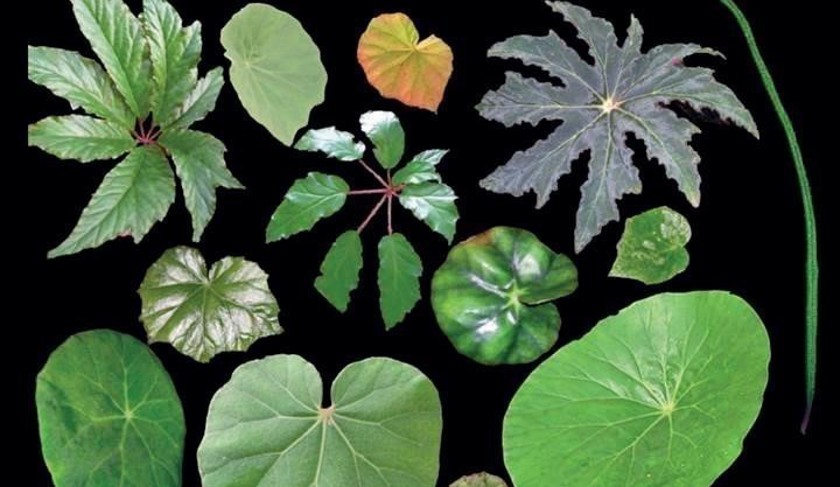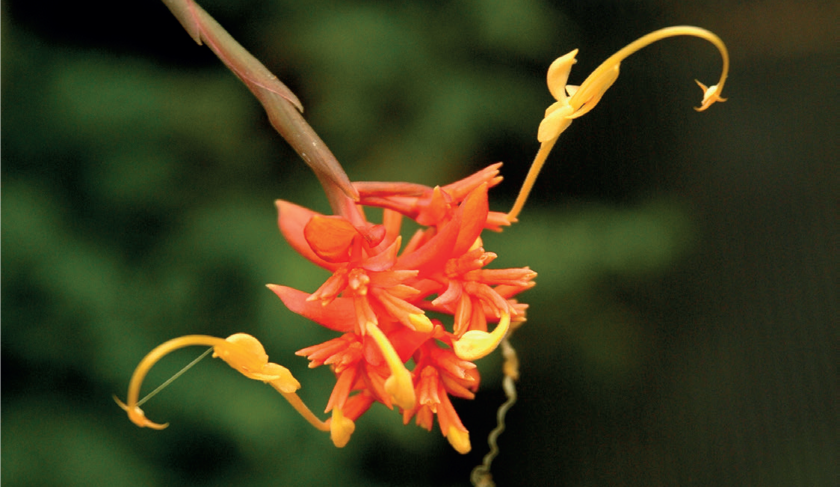Out of sight but at the heart of the Garden, the Research Glasshouses nurture a third of our Living Collection - rare and vital plants that support our science, conservation, and education activities.
These specialist facilities are central to the Garden’s work, providing the space to grow, conserve, propagate, quarantine, and actively research the Living Collection.
While the entire Living Collection across our four Gardens can be regarded collectively as a research plant collection, the Research Glasshouses house specific groups that are intensively studied. Here, students, interns, scientists, artists, and visiting associates work with the plants every day, advancing knowledge and safeguarding biodiversity.
Key research groups
Key research groups include Streptocarpus, Arabian, Begoniaceae, Conifer, Gesneriaceae, Zingiberaceae, Pteridophyte and Rhododendron.
Propagation
By propagating our own material, we regenerate and expand collections as needed. Years of horticultural research guide the best methods for each species - many of which have never before been cultivated.
Quarantine and protection
Every plant arriving from overseas begins its journey in quarantine, spending at least three months in careful isolation. This vital process prevents the introduction of pests and diseases that could threaten Scotland’s countryside or commercial crops.
Collections and highlights
The Research Glasshouses also safeguard back‑up and historic collections, enabling dynamic curation of the display houses, as well as seasonal highlights such as flowering orchids, chilli peppers, and giant waterlilies.

















